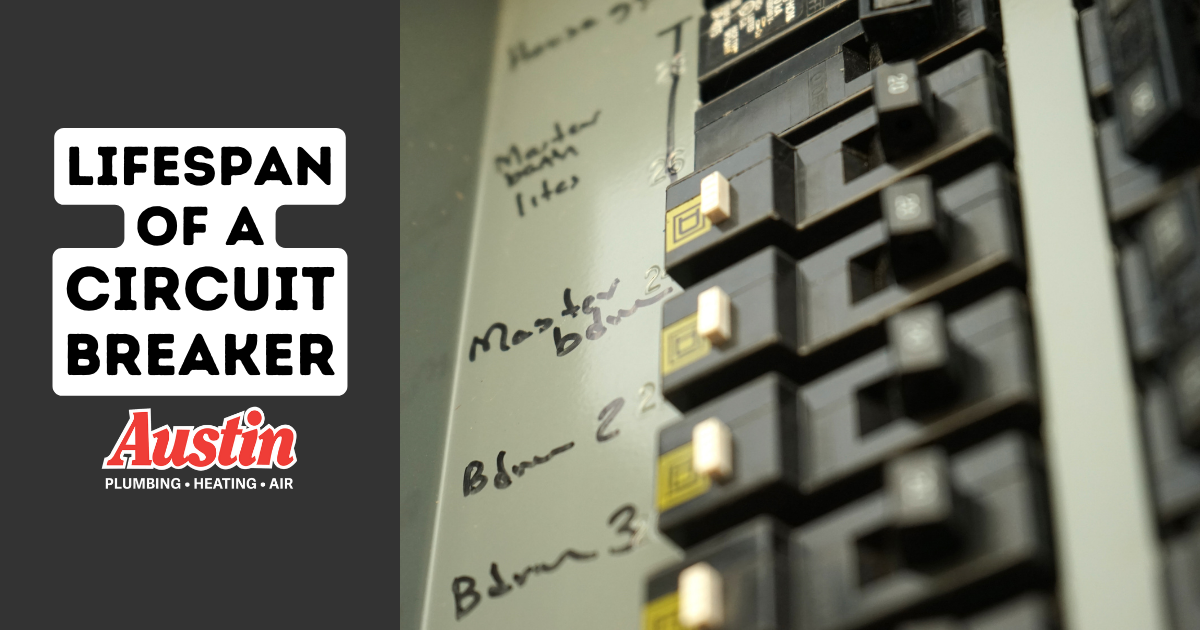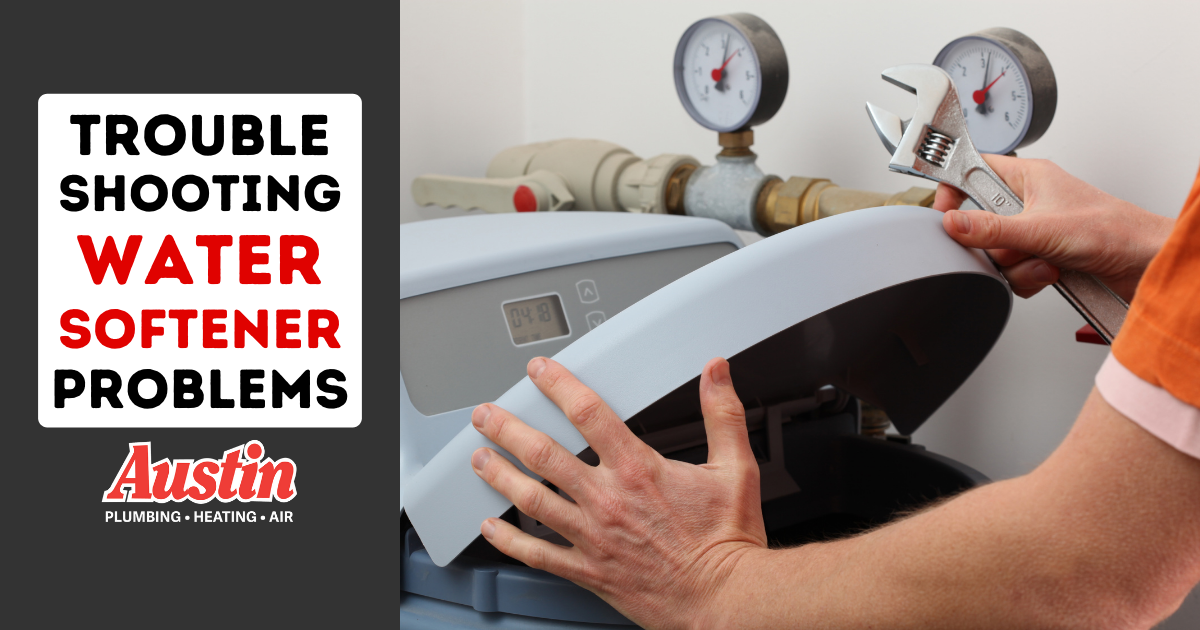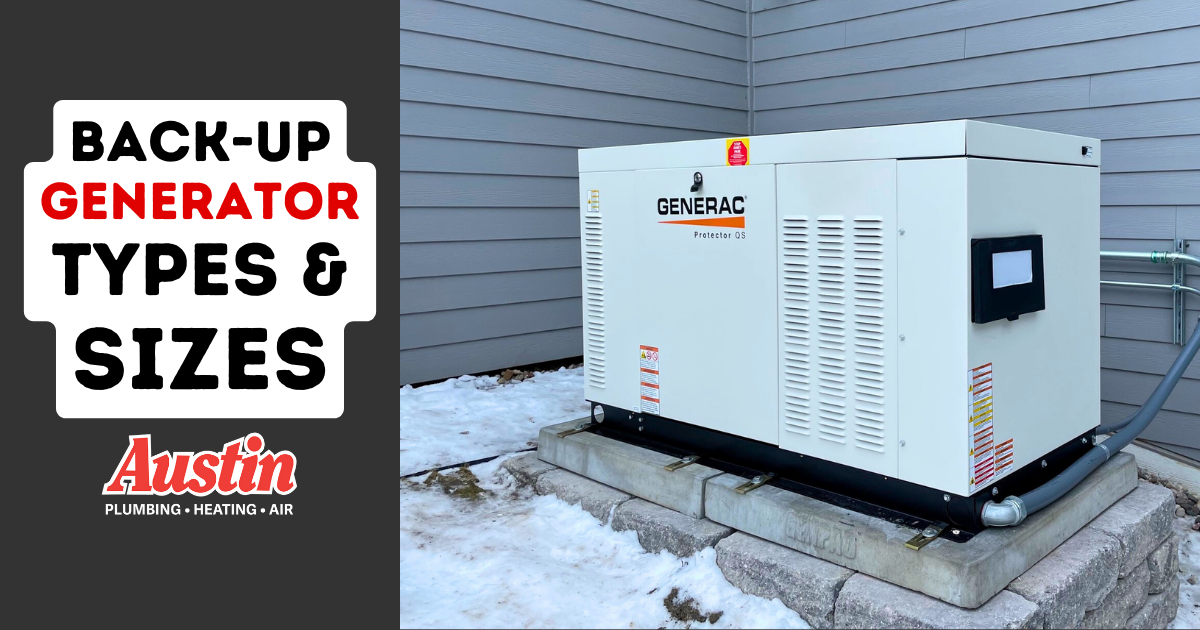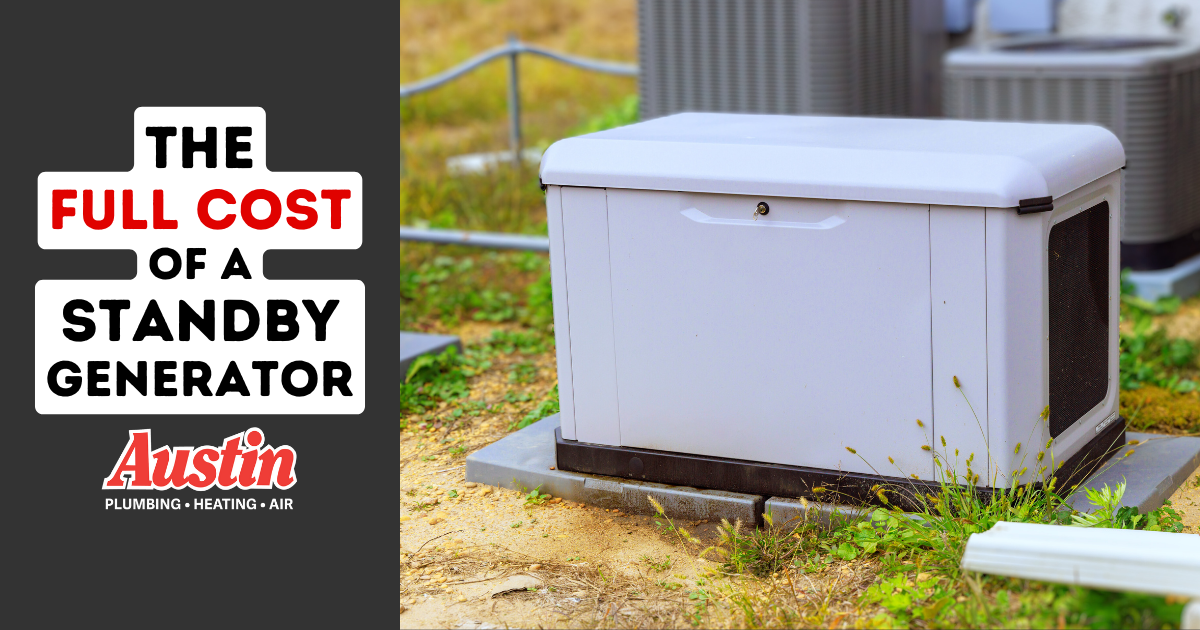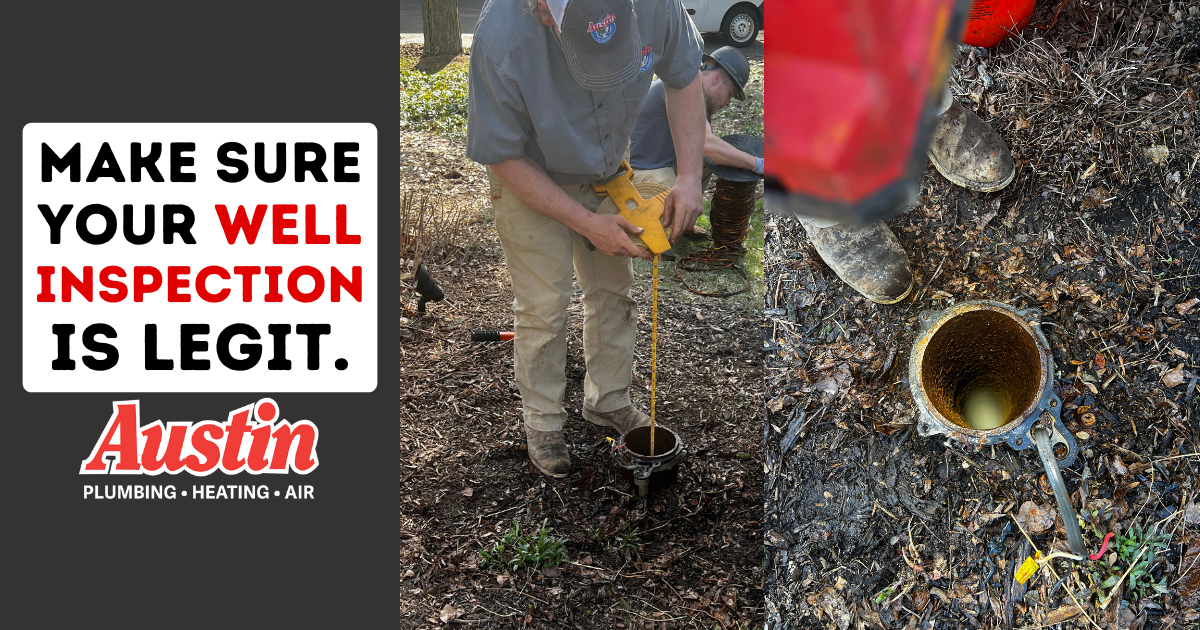How Often Should Your Water Softener Regenerate?
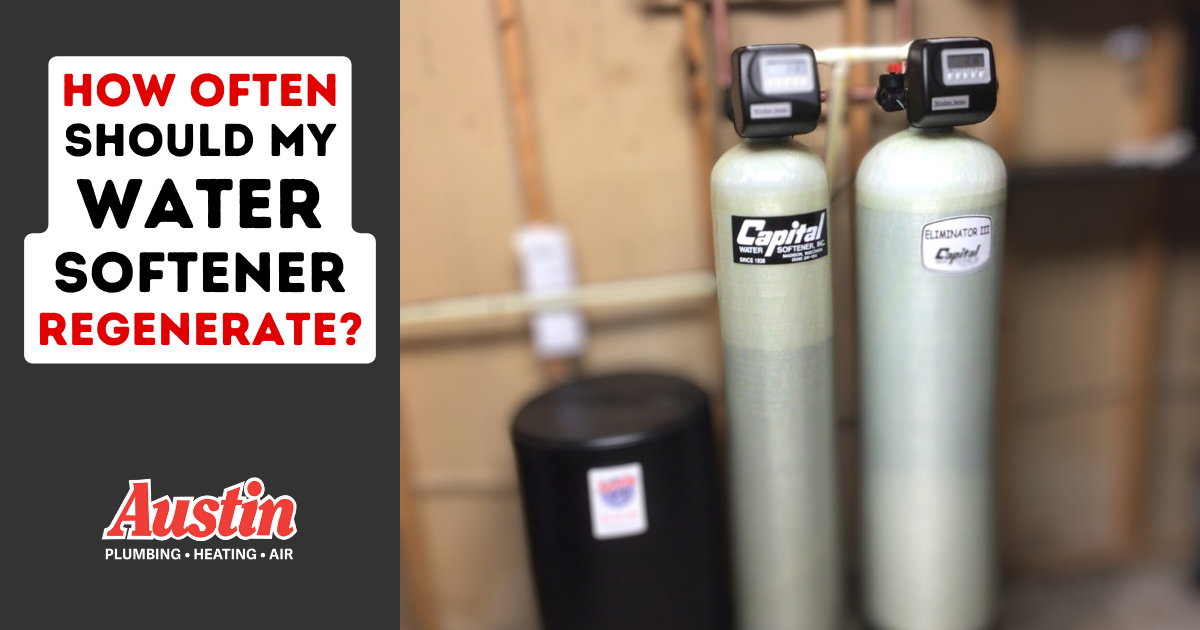
The #1 question about water softener regeneration, answered by our Master Tradesman. Salted, softened and regenerated to taste (and feel).
When you suspect that something is wrong with your water softener, you might find yourself trying to remember the last time it regenerated. When was the last time? How frequently should it be regenerating in the first place? These are among the most common questions asked, so we’re bringing the answers specific to SE Wisconsin’s most common water softeners!
Several factors determine the frequency at which your water softener regenerates, such as:
- The size of your home
- The size of your water softener
- Your water quality
- How much water you regularly use
- The age of the appliance (older units function differently from high-efficiency softeners).
Metered and Non-metered Water Softeners
Old-school water softeners were set to regenerate on a fixed cycle of so many days. The installer had to calculate that number by accounting for water hardness, estimated water usage, and a zillion other things like we listed above. That equation is basically the same today as it was then-but it had to be programmed manually.
Even the most common of circumstantial changes (like, say, throwing a party or hosting a guest for a week) has the potential to increase water usage drastically. Back then, one could not prepare the household water softener for such occasions without the help of a technician. Even if you did call in a professional to avoid overdrawing the water softener’s capacity, you’d have to call him right back to reset it once things returned to normal.
What changed?
In the last 15 years or so, metered technology came into play. A metered water softener tracks gallons used and, when it detects a change in living patterns, adjusts its regeneration algorithm accordingly. If you were to add a resident, or even if you were to subtract one, this smarter water softener would “notice” the change in time to actually do something with that data.
For example, say your eldest child goes off to college. With a meter, it wouldn’t be long before your water softener reprogrammed itself to regenerate somewhat less frequently in response to the decreased home water demand. You would, fortunately, not have to pay a professional to come tinker with the settings-or worse, just let it run its course and see what happens!
Determining the Capacity of the Water Softener
Manufacturers specify capacity with a calculus dependent on the following factors:
- The amount of softening media or resin inside the tank
- The reserve built into the unit
- The hardness of the water
- The amount of salt a particular unit is designed to use.
Salty Manufacturers
Recently, discussion has peaked around the amount of salt used in water softeners. Water softener manufacturers have made efforts to minimize salt use for the sake of limiting its discharge into the sewer systems.
As we mentioned earlier, salt has a direct effect on the total capacity of your water softener. And the device’s capacity directly affects its regeneration cycle.
Regeneration in a Typical Water Softener
Take, for example, a Wisconsin family home with 2.5 to 3 bathrooms.
- A house like this will most likely have a 48,000-grain water softener installed.
- This kind of softener uses 10.5 pounds of salt to soften water…
- …with a usual Southeastern-Wisconsin water hardness of 30 grains per gallon.
- Finally, we can assume a usable capacity of 1,200 gallons per cycle.
Do you have to know what all this means? No, not really.
Here’s what you have to know: Every 1,200 gallons, the unit will regenerate. Now, the question is, how much of that does your household use in a day?
To get an idea of your own water softener’s regen cycle, check out this chart based on EPA facts and stats for estimated water usage.
| Softener Type | High-Efficiency 48,000 Grain Water Softener | Low-Efficiency 48,000 Grain Water Softener | High-Efficiency 32,000 Grain Water Softener | Low-Efficiency 32,000 Grain Water Softener |
| Typical Hardness | 30 Grains Per Gallon | 30 Grains Per Gallon | 30 Grains Per Gallon | 30 Grains Per Gallon |
| Usable capacity per regen cycle | 1200gal | 1600gal | 800gal | 1066gal |
| Low household water demand (~120gal/day)* | Every 7 Days | Every 10 Days | Every 6 Days | Every 8 Days |
| High household water demand (~300 gal/day)** | Every 4 Days | Every 5 Days | Every 2 Days | Every 3 Days |
*Low water usage is based on an estimated 40 gallons per person per day.
**High water usage is based on an estimate of 75 gallons per person per day.
The Minimum Acceptable Time Between Regeneration Cycles
- Once a month is a really good minimum rule of thumb. Modern softeners are programmed with a 28-day override which means that even if the client hasn’t used all of the water softener’s capacity in that period, it’ll automatically regenerate itself, just to be safe. If your appliance is an older model, simply check on it yourself every month to make sure it’s regenerating.
- This keeps the softener media fresh & not sticking together, keeps the capacity at max level inside the water softener, and avoids other issues like channeling and bridging.
What To Do if Your Water Softener Isn’t Regenerating
How to handle an unregenerate water softener- If you suspect your water softener is no longer regenerating on schedule, no stress. What’s required of you is pretty easy:
- Simply mark, on the inside of the salt tank, the current salt level on the brine valve tube with sharpie/masking tape or some other visible media.
- Set it to regenerate. Not sure how? Almost all water softening units have a manual regeneration function described in the user manual. Just check there-it’s usually as simple as pressing a button on the control pad, which is usually labeled “REGEN”. Once you’ve done the above, your water softener should be set to regenerate that very evening.
- Return to the basement the following morning, and check to make sure the salt level is lower than it was before. To be specific, you should be looking for a 1″ to 2″ drop. (Tank size and efficiency may cause slight variation within that range.)
- If your water softener has still not used any of the salt refill, or if it’s acting wrong in any other way, go ahead and place a service call to (Austin phone) to avoid worse problems in the future. We’re happy to help any time, and we’d hate to see a good water softener go to waste!
As always, if you need additional guidance from Austin Plumbing, Heating & Air, you can get ahold of us at 262-367-3808 for help with any and all water softener issues!

